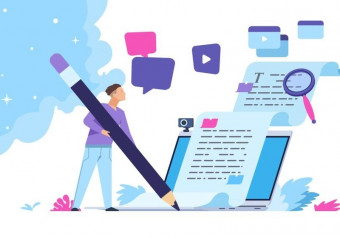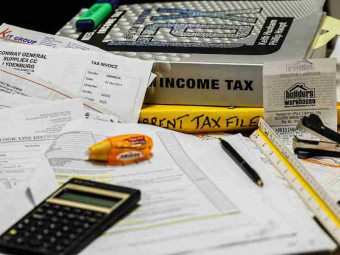Graphic designer is a career where skills pay the bills. Unlike any other jobs, a graphic designer needs to require themselves a lot of skill-set. There are some essential skills that all wannabe designers have to master to achieve their dream.
We’ve broken down into a convenient graphic design skills list – which covers all the technical know-how you should have in order to make your graphic design degree financially worthy and to become a full-stack Graphic Designer.
Technician Skill
Adobe Software skill-sets
If you’re not a master of any Adobe software such as Photoshop, InDesign, Illustrator,… you should begin with it right now. It is an essential skill to create your own graphic design and there is no way to avoid it either.
Almost every job post required applicants to be well versed in using those programs.
User Interface, User Experience And Sketch
You may often see jobs on websites listed as being proficient and have years of experience in User Interface (UI) or User Experience (UX). It’s to know how important graphic designers need to have good understanding in both fields.
Sketch is becoming a more and more crucial tool in today’s design. As a comprehensive platform, Sketch emcompasses both UI and UX – as well as its use for designing websites, mobile apps,… With this in mind, UI, UX, Sketch have become a dispensable part of graphic designer’s credentials. So, all that being said, with anyone who wants to become a graphic designer, learning Sketch is a must. Most people choose to take a Sketch course in order to utilize the efficiency of the tool, some want to self-learn but it’s not easy to begin with all by yourself.
Branding
There are five key parts to a brand’s anatomy and a designer should be well aware of them all: the brief, the brand strategy, values, ideas and identity. Designers should know how to understand a business inside out, why it is special and should be able to bring a brand to life through logos, colours, typography, illustration, photography, graphic elements and everything else that makes a brand a brand.
Portfolio Management
A designer’s portfolio is arguably their most important tool – it will be used when job searching, when pitching to clients and showing off their amazing work to their friends and colleagues. Therefore, being able to properly manage their portfolio and a website is essential for any designer.
There are certain elements of portfolio management that can be learned by yourself or you can find some free online graphic design courses. Things like how to correctly lay it out, what information to include and social media skills, such as properly maintaining and using Instagram and Behance profiles are super important for a designer to have the most successful portfolio possible.
Non-Technician SkiII
Creativity
Creativity is usually seen as an inherent characteristic, something you’re born with, or in some cases you can gain creativity through your life experience, but this is for you to determine. After all, it’s probably one of the reasons you want to get into the industry.
A creative mindset is an important graphic design skill as it enables a designer to excel in pretty much every stage of the design process: from coming up with initial ideas to brainstorming a brief through to developing, designing and refining your concepts.
This is an unique kind of skill, you just can’t physically acquire it. Not every graphic design training course can teach you, the only way is to practice, practice and practice!
Communication
Communication is going to be the key to your career. You’re having to communicate to your teachers, your team, your clients, account managers and so many other people. Being able to effectively communicate with people is key to being a successful designer.
Graphic design can be defined as an effective visual communication of an idea or concept so communication is at the very heart of what a graphic designer does. You’re going to need top communication skills to actually get pen to paper and start designing.
Problem Solving
As well as being a key skill, problem solving is actually a key part of what a graphic designer does in their day-to-day working life.
Graphic design can actually be seen as one big piece of problem solving: You’re given a brief, which you can think of as a problem, which you then have to solve using the skills you’ve developed through your graphic design training. Problem solving actually pops up at several points during the graphic design process. You’ll have to revise your design until it meets the clients’ expectations. The problem is the feedback and the solution you have to come up with is the redos.
 Install Studocu Chrome Extension
Install Studocu Chrome Extension








